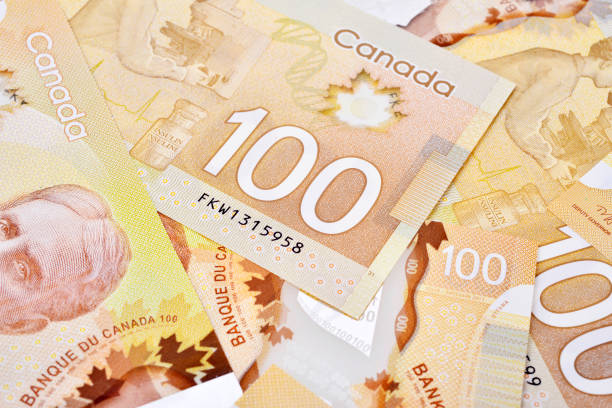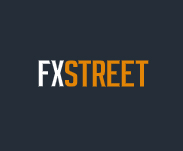USD/CAD falls toward 1.3850 as Fed’s Beige Book suggests deteriorating economic conditions
- Silver Price Forecast: XAG/USD surges to record high above $56 amid bullish momentum
- Fed Chair Candidate: What Would a Hassett Nomination Mean for U.S. Stocks?
- After the Crypto Crash, Is an Altcoin Season Looming Post-Liquidation?
- The 2026 Fed Consensus Debate: Not Hassett, It’s About Whether Powell Stays or Goes
- U.S. PCE and 'Mini Jobs' Data in Focus as Salesforce (CRM) and Snowflake (SNOW) Report Earnings 【The week ahead】
- AUD/USD holds steady below 0.6550 as traders await Australian GDP release

USD/CAD weakens as the Fed’s April Beige Book underscores the potential negative impact of tariffs on the economic outlook.
The US Dollar also loses ground after the flash Composite PMI pointed to a slowdown in overall business activity.
President Trump suggested the 25% tariff on Canadian auto imports to the US could be raised.
USD/CAD edges lower around 1.3870 during Thursday's Asian session, after climbing roughly 0.50% in the previous day. The pair is under pressure as the US Dollar (USD) weakens following the Federal Reserve’s April Beige Book, which pointed to deteriorating economic conditions.
The report highlighted growing concerns about tariffs, which have negatively impacted the economic outlook across multiple US regions. Consumer spending appeared uneven, and labor market conditions softened, with many districts noting stagnant or slightly declining employment.
Further pressuring the Greenback were Wednesday’s mixed S&P Global PMI figures. The flash Composite PMI for April fell to 51.2 from 53.5, signaling a slowdown in business activity. While the Manufacturing PMI ticked up slightly to 50.7, the Services PMI dropped sharply to 51.4 from 54.4, reflecting weaker demand in the services sector. Chris Williamson of S&P Global noted that growth momentum is waning, with persistent inflation complicating the Fed’s policy outlook.
However, the USD/CAD pair appreciated on Wednesday as the Canadian Dollar (CAD) remained under pressure. This came after US President Donald Trump suggested that a 25% tariff on Canadian auto imports to the US could be increased. Trump emphasized efforts to strike a deal with Canada, aiming to boost US auto production and reduce reliance on foreign vehicles, according to Reuters.
Meanwhile, the Canadian Dollar (CAD) also struggles due to the International Monetary Fund’s (IMF) downward revision of Canada’s 2025 GDP growth forecast to 1.4% has renewed concerns about weakening domestic demand, Additionally, the Bank of Canada’s (BoC) decision to keep its benchmark interest rate steady at 2.75% underscores a cautious stance, influenced in part by ongoing uncertainty surrounding potential US tariffs.
Read more
* The content presented above, whether from a third party or not, is considered as general advice only. This article should not be construed as containing investment advice, investment recommendations, an offer of or solicitation for any transactions in financial instruments.

